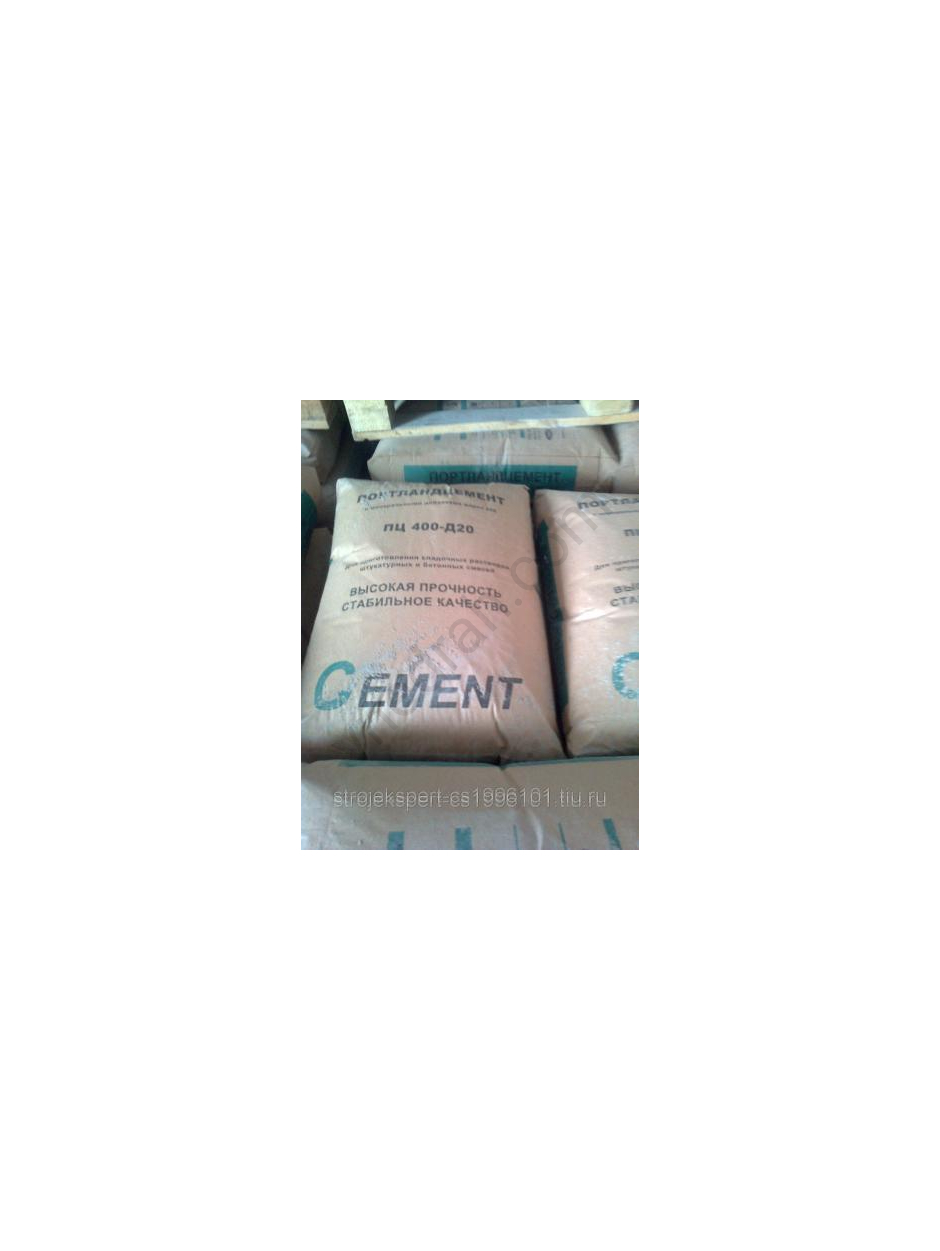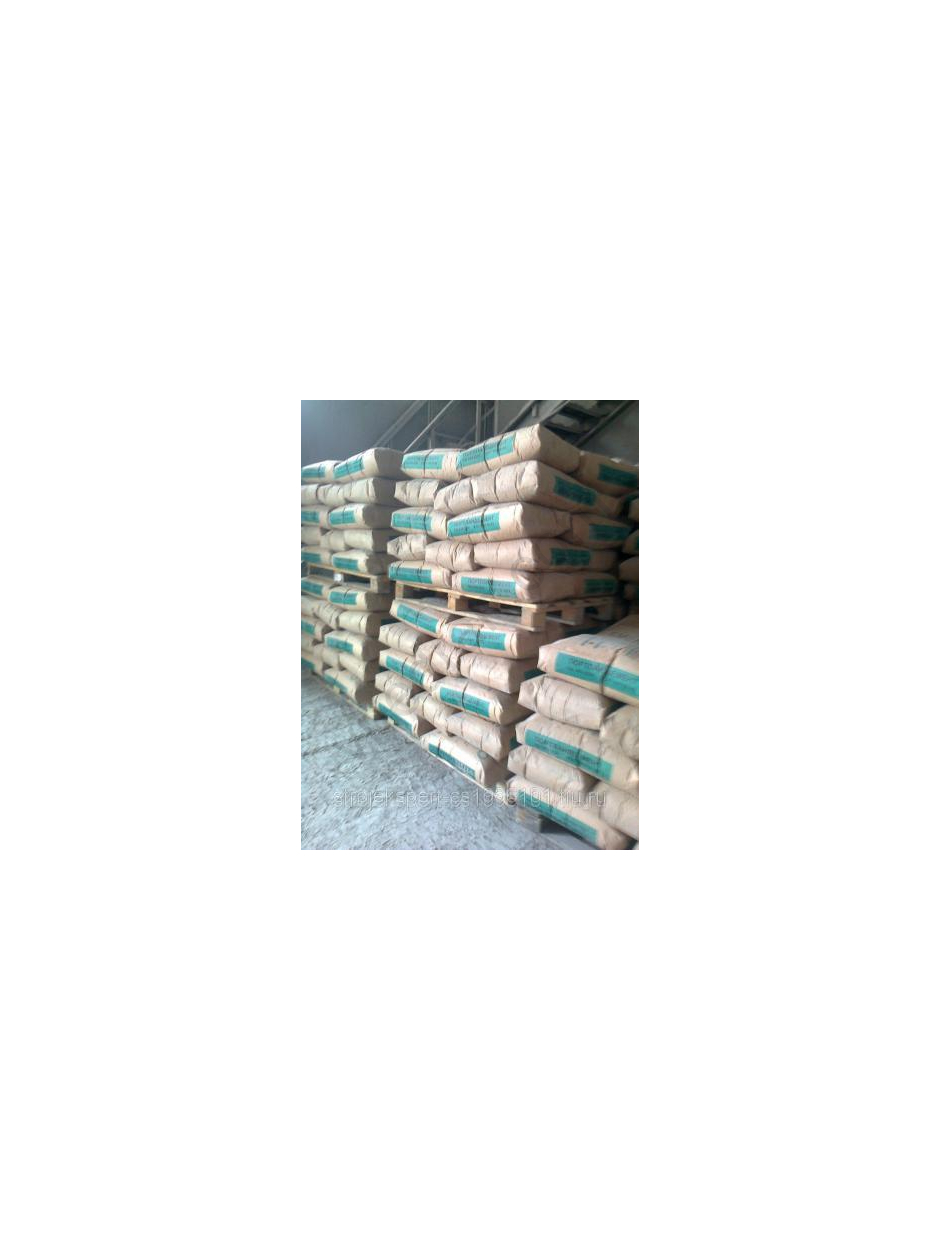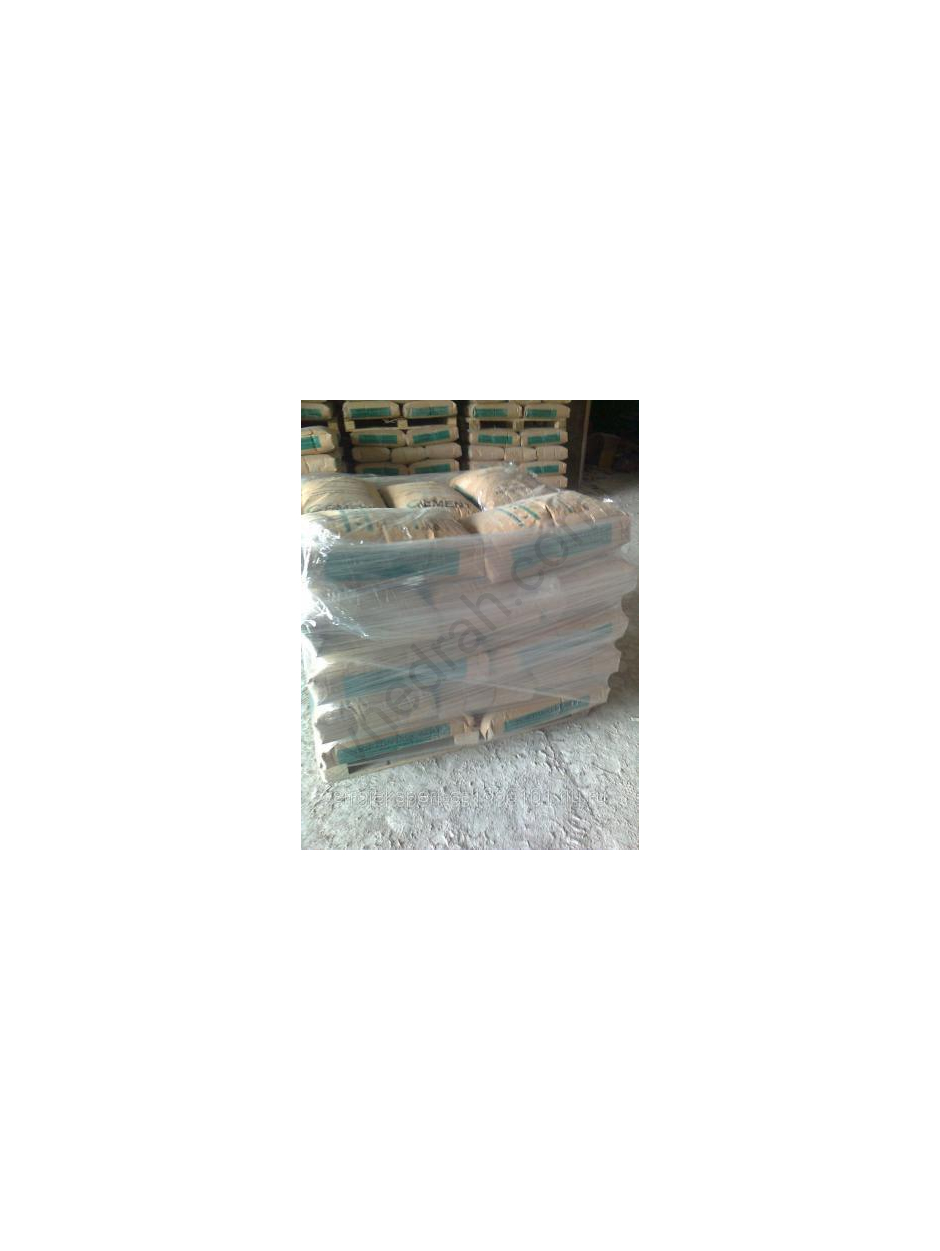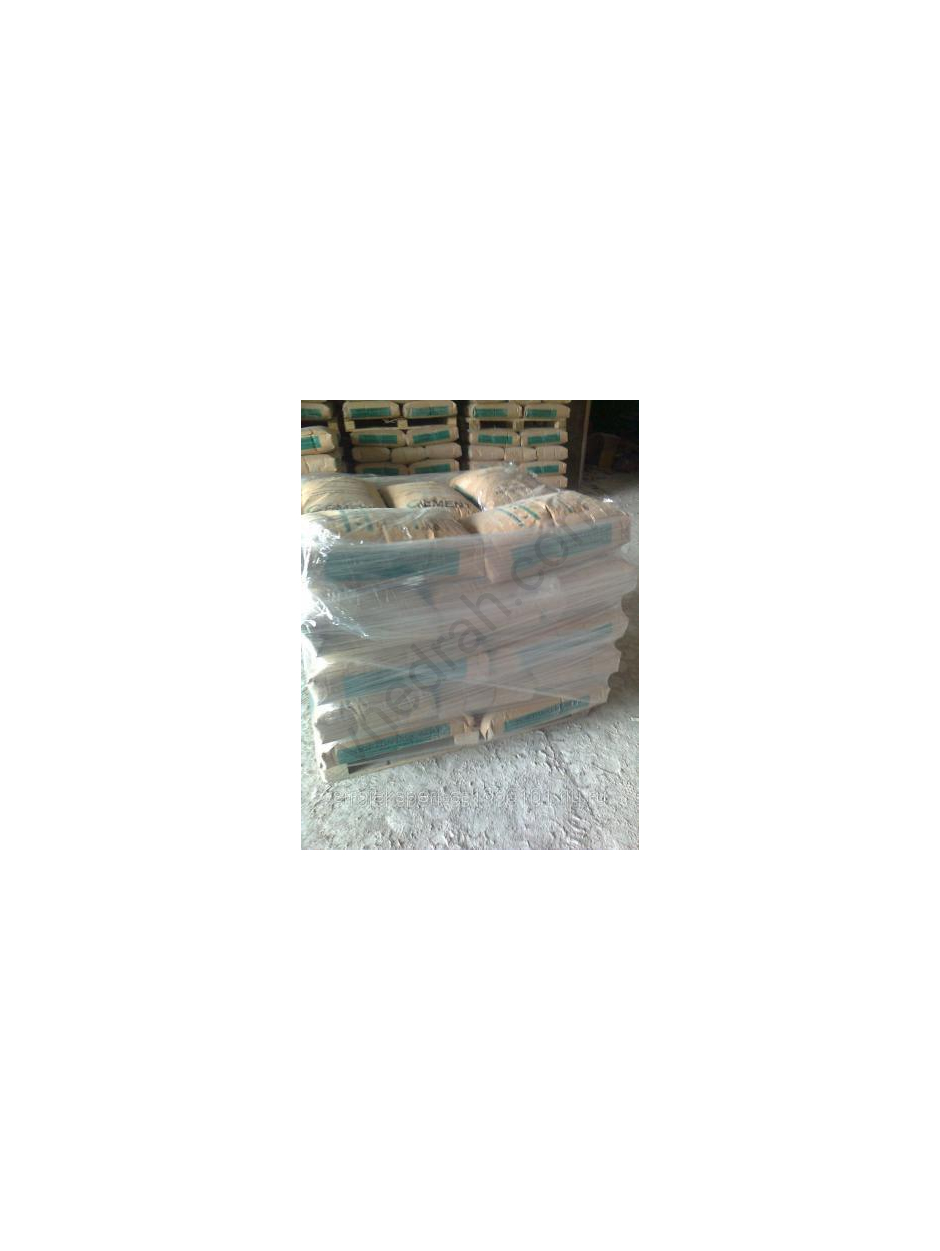Cement PC-400 D20 (50kg)

It is easy to buy PC 400 D20 Cement; it is used in industrial, residential and agricultural construction for the production of precast reinforced concrete, foundations, beams, floor slabs, wall panels, etc. Cement of this brand has good water resistance and frost resistance. Frost resistance is the ability of cement stone, in a state of water saturation, to withstand repeated alternating freezing and thawing. The criterion for the frost resistance of cement stone is that it retains its original strength after a certain number of freeze-thaw cycles (25, 50, up to 500 or more): loss of compressive strength should not exceed 5%, and weight loss - 3% (with standard basic tests of concrete according to GOST 10060.1). To determine frost resistance, in addition to direct freezing at (-15+ -20) °C and thawing of samples in water at (+15-20) °C, accelerated methods are also used, based on the use of a solution of Na2SO4 and NaCl instead of water, and freezing at a temperature of -50°C (GOST 10060.2, GOST 10060.4) Buying Cement is very simple. The main factor in freeze resistance is the structure of the pore space. When water enters the pores and its temperature drops to the freezing point, the resulting ice increases in volume by approximately 9%, which leads to the occurrence of high mechanical stresses and corresponding deformations in the structure of the material. If all the pores in the material are filled with water, destruction should occur after the first freezing cycle. An increase in frost resistance may be due to the formation of a certain volume of pores in the structure that are not filled with water, into which part of the water is squeezed out during freezing. In particular, when cement stone hardens, a system of pores appears filled with a steam-air mixture, the so-called “reserve pores,” the presence of which determines the frost resistance of cement stone. The destruction of the material occurs when the volume of “reserve pores” into which water can be squeezed out is small compared to the volume of ice formed, or when, as a result of repeated freezing cycles, all the pores are gradually filled with water. The higher the relative volume of “reserve pores” compared to the total volume of pores filled with water, the higher the frost resistance of the mortar and concrete. The main sources of such reserve pores are the pores of the CSH gel, as well as contraction pores formed during hydration and hardening of the cement. If the volume of these pores turns out to be insufficient to achieve the specified frost resistance of concrete and mortars, special air-entraining additives are introduced into their composition, providing an additional number of reserve pores. In relation to dry building mixtures, the frost resistance of compositions intended for use in atmospheric conditions, for example, facade ones, is ensured by minimizing capillary porosity and the formation of an additional number of “reserve pores” due to: - optimization of the granulometry of the aggregate and filler and the cement-aggregate ratio in the mixture; -minimization of the W/C value; - the use of highly active fast-hardening cements, which ensure a high content of CSH gel in the cement stone in the early stages of hardening; - use of air-entraining additives. Porosity of cement stone. The model of the structure of cement stone can be simplified as consisting of three components: polymineral particles of clinker that have not reacted with water, hydration products of cement minerals - cement gel (CSH-gel) and pores of different sizes: gel pores and capillary pores, as well as contraction pores formed from - for reducing the total volume of the hardening system: cement-water. The structure of the cement stone also includes air pores (voids) formed when mixing the cement paste. Capillary pores vary in shape and size, forming an interconnected system distributed throughout the volume of the cement stone in the early stages of hydration. Capillary pores are that part of the total volume of the cement-water system that is not filled with hydration products. Capillary porosity depends on the water-cement ratio of the initial mixture and the degree of hydration of the cement. Since the absolute volume of hydration products is 1.5-2 times higher than the volume of the input non-hydrated phases, these products occupy part of the initial pore space, and as the cement hydrates, the volume of capillary pores decreases. When a certain degree of hydration is reached, the cement gel blocks the capillary pores in the formed structure, since the average size of the micropores of the cement gel is 1.5-2.0 nm) several orders of magnitude smaller than the size of the capillary pores. The pores of the gel occupy about 28% of the total volume of the cement gel. The size of capillary pores varies widely - from tens of nanometers to 100 microns or more, and the volume of capillary pores can reach 40% or more depending on the W/C, cement characteristics (phase composition, dispersity), degree of hydration of cement minerals, hardening conditions etc. Capillary porosityof cement stone, the higher the initial W/C value and the lower the degree of hydration of the active phase components of cement. In all cases, during cement hydration, the value of the total and capillary porosity of the cement stone decreases, and the capillary pores are replaced by gel micropores and pores formed due to chemical shrinkage (contraction). Shrinkage of cement stone is a natural property of cement stone, expressed in a decrease in its volume and mass. With the initial loss of moisture from a cement sample, irreversible shrinkage deformations account for 30-50% of the total shrinkage. With subsequent alternating wetting and drying, reversible alternating shrinkage-swelling deformations are observed. With shrinkage in the range of up to 0.2-0.6%, there are no visible cracks in the cement stone; with large deformations, characteristic shrinkage cracks are observed, indicating the instability of the cement stone. Shrinkage of cement stone is associated with the following phenomena: at a relative humidity of 45-90%, shrinkage-causing stresses associated with the evaporation of water from capillaries of a certain size predominate; at a relative humidity of less than 20% and the removal of adsorbed water, the effect of surface compression of the solid phase predominates. Another component of shrinkage during drying of cement stone is the disruption of the ion-dipole interaction when water molecules are removed both from the space between the particles and the loss of interlayer water by the CSH gel. The main factors influencing the amount of shrinkage of cement-containing materials during drying are the following: -increased amount of cement in mortars and concretes; -shrinkage is more pronounced during hardening and service of products under conditions of elevated temperatures and low relative humidity; - extra finely ground cements (S > 500 m2/kg) exhibit a greater tendency to shrink; -an increase in the W/C value, all other things being equal, leads to an increase in shrinkage strains; - the mineralogical composition of clinker has little effect on shrinkage deformations, although there is a tendency to increase deformations when moving to high-aluminate cements and especially to belite cements; -increased deformations of the solution (concrete) are observed with an increased content of fine fillers (ash, slag, mineral fillers) in their composition. Drying shrinkage can be a significant drawback and requires regulation and control for many types of dry construction mixtures: putties, grouts, flooring mixtures.
Location:
- Russian Federation
View:
- Portland cement
Cement brand:
- M400
No reviews found















